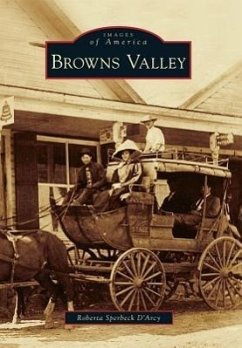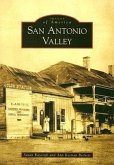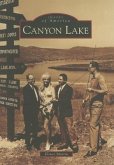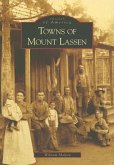Originally known as Little Washoe after the Nevada gold strike of the same name, the town of Browns Valley began on a spring day in 1850. Its gold was discovered when a hay cutter's newly purchased scythe accidently sliced into a quartz ridge, which was laced with the precious metal. Miners, investors, and tradesmen poured into the area to make their fortunes. Churches, stores, hotels, and saloons sprang up overnight to serve the growing community. The Northern Maidu, an indigenous tribe who lived on wild game, acorns, salmon, and berries and who had preceded the gold-seekers by thousands of years, found that their lives changed forever. Mines with names reflecting the owner's origins or states of mind, such as the Pennsylvania, the Dannebroge, Sweet Vengeance, the Rattlesnake, and the Flag, were among many that made millions from the 1850s to 1900. However, many mines were forced to close because of increasing costs and the difficulty of mining operations
Hinweis: Dieser Artikel kann nur an eine deutsche Lieferadresse ausgeliefert werden.
Hinweis: Dieser Artikel kann nur an eine deutsche Lieferadresse ausgeliefert werden.







